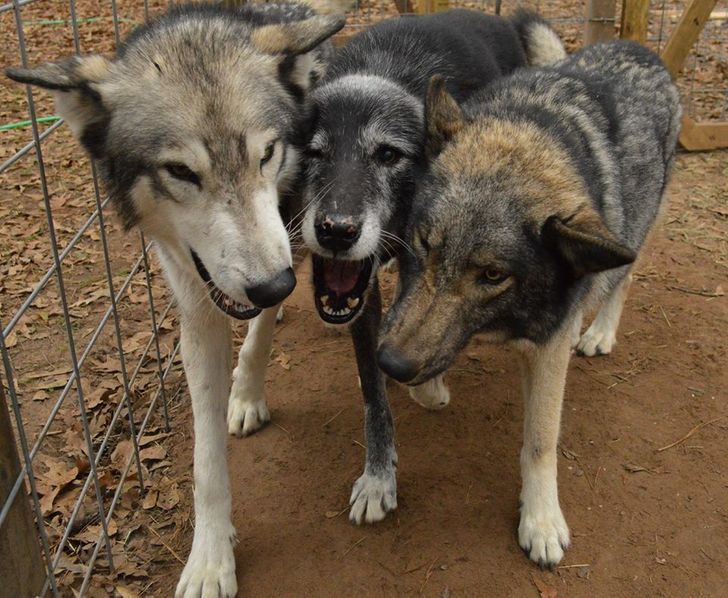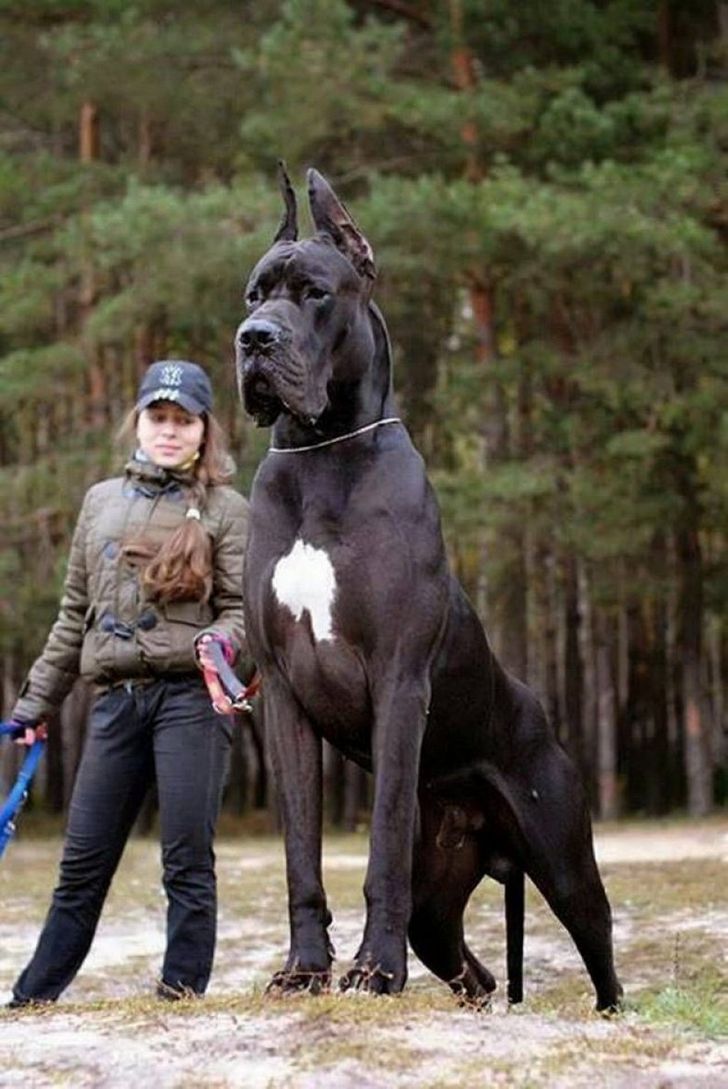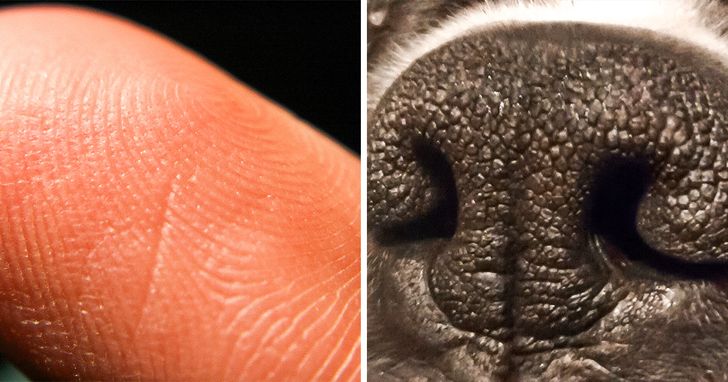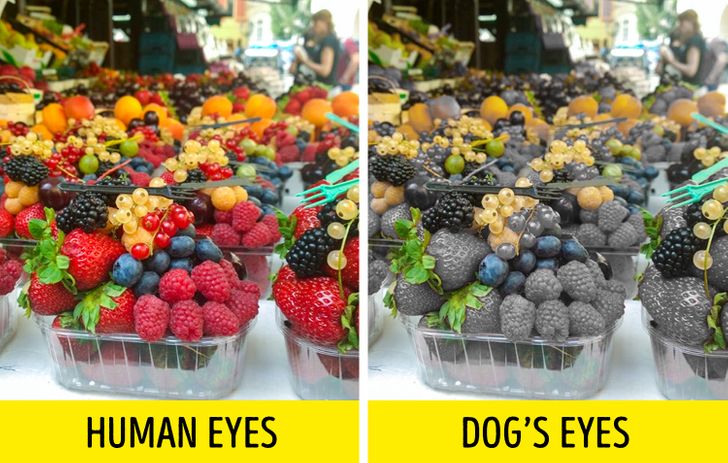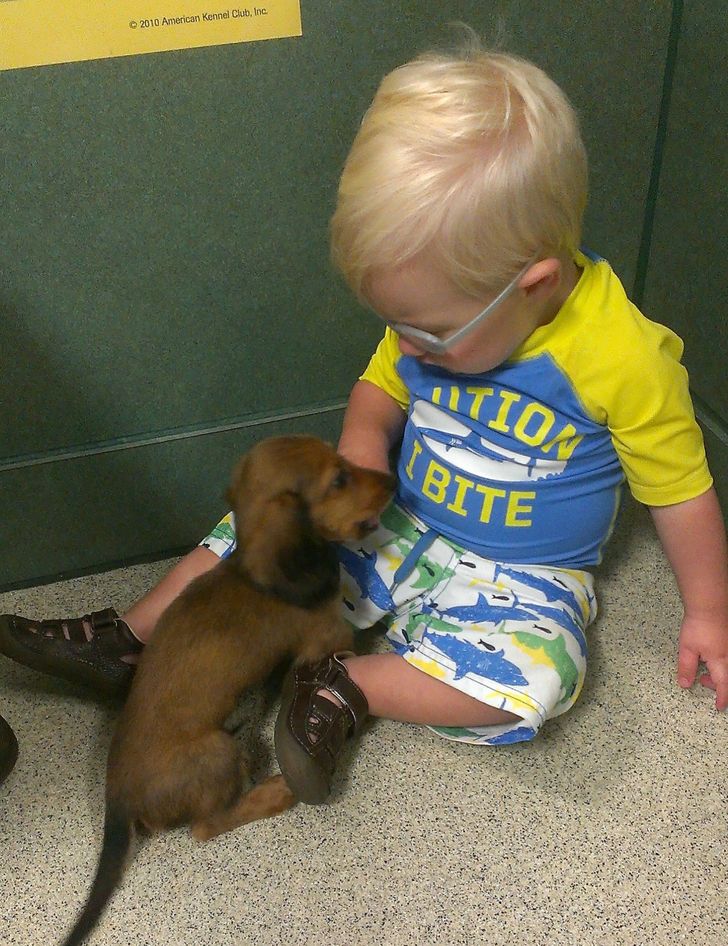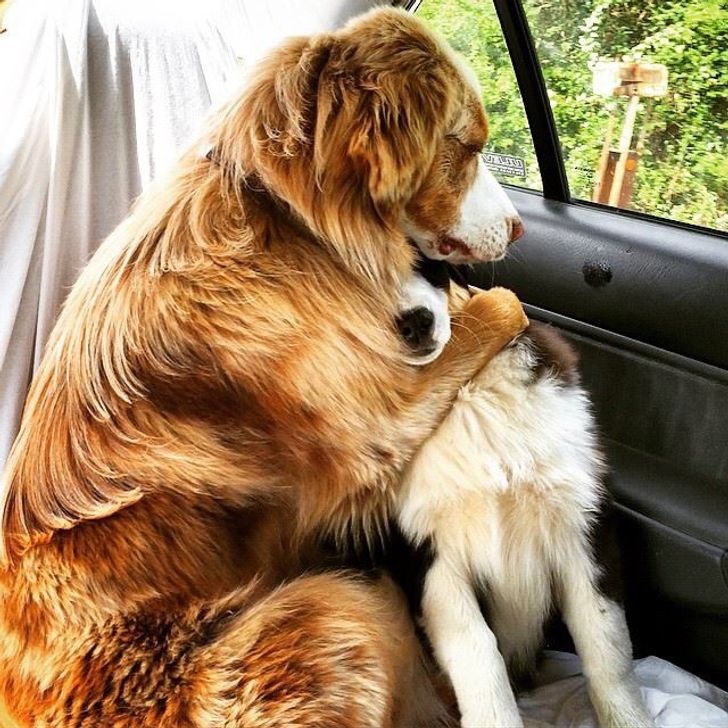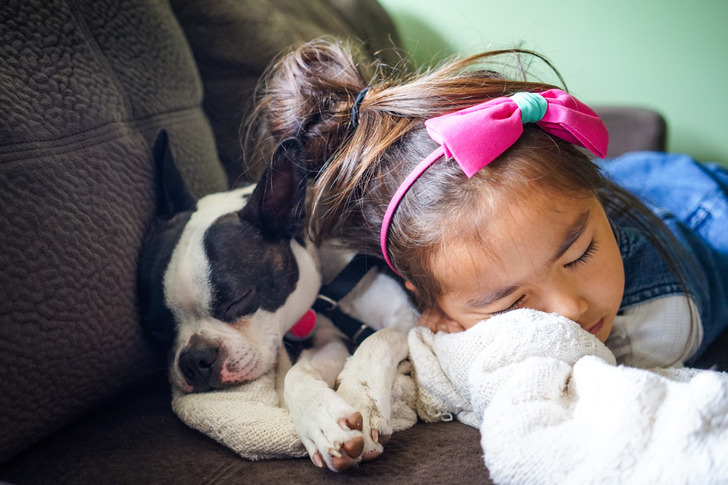I learned so many new insights from this post. I usually get my dose of dog-related info from PetMD, AKC, and PetCareRx. But your post is pretty detailed too. Thanks for sharing.
12 Facts About Dogs You Probably Didn’t Know About
If you think that you know absolutely everything about dogs, think again. Even though dogs have been living around us for a very long time, you might still find something surprising in this article. For example, did you know that a dog’s nose is not just sensitive to smell, it’s so unique and multi-functional that we can probably call it a built-in mini-computer?
We at Bright Side want to share some interesting facts with our readers and this is why we prepared this selection for you.
1. Dogs did not originate from wolves.
Believe it or not, modern wolves are not ancestors of dogs. Dogs originated from an entirely different species that disappeared thousands of years ago. Modern American and European wolves are very distant relatives of dogs.
2. Dogs are champions in a variety of sizes and shapes.
Due to the breeding process these days, we have a huge variety of dog breeds with different colors, sizes, shapes, fur, and physical characteristics. The sheer number of dog breeds is more extensive than any other mammal, domestic or wild. It is believed that there are more than 400 dog breeds in the world, and this is actually just the best guesstimate since it’s constantly growing due to artificial selection.
There is, however, one limit to this variety. The physiology of all dogs, from Chihuahua to Great Dane, is based on the physiology of the ancient wolf.
3. Dogs have a second nose.
The dog’s second nose is known as the vomeronasal organ, also called Jacobson’s Organ. Jacobson’s Organ is a “sense of smell” receptor that is actually not receptive to ordinary odors like the ones humans can sense. In other words, dogs have a double nose — one that’s sensitive and another one that is super-sensitive.
4. A dog’s nose has a unique print.
A dog’s nose print is as unique as a human’s fingerprint and can be used to accurately identify them. That’s right, there are no 2 dogs with absolutely identical nose prints. The Canadian Kennel Club has been using dog nose prints to verify identity since 1938.
5. Dogs sometimes pretend to be sick just to get attention.
Owners often say that their dogs learn to pretend to be sick or injured to get more attention. They are very quick learners after all.
6. Dogs can recognize colors.
It has been believed for many years that dogs see everything in black & white. Actually, dogs can see some colors, but not nearly as many as us. They see green, yellow, and blue colors, but they’re not able to recognize red, which they see as dark grey.
7. Dogs can smile.
Dogs smile, but not always for the same reasons that we do. Apparently dogs smile to convince their master to give them affection. But a smile does not always mean the dog is happy, it can actually be a sign of nervousness. It does look very cute though.
8. Dogs only sleep belly up in places they feel safe.
Sleeping belly-up is only common for domesticated pets, which is not surprising as it is a very defenseless posture. And even domesticated dogs won’t show their bellies if they don’t feel safe and comfortable. But this doesn’t mean that if your dog never sleeps this way that he or she doesn’t feel safe. It’s a personal choice after all.
9. Dogs don’t feel guilty.
Many owners believe that a naughty dog feels guilty, but scientists say that this guilty look is just a reaction to the gestures and behavior of the owner in that moment. The feeling of guilt is a very complex emotion, the dog simply fears getting into trouble. At some point, your dog learned that when he or she makes these “I’m so sorry” eyes, your heart melts.
10. We have changed the development of dogs.
According to research, people unintentionally developed a variant of something called Williams syndrome in dogs. Dogs differ from wolves by characteristic variations in the genes GTF2I and GTF2IRD1. These structural variations result in friendliness in dogs and perhaps this is why dogs are much more sociable than wolves.
11. Dogs instinctively look for contact with people.
Most of the time a puppy’s instincts tell him that the best way to survive is to be near a human, usually their owner. That is why many dogs feel very unsettled when they are left alone at home: at that moment it seems to them that they have been abandoned forever and no one will take care of them anymore.
12. Dogs are very attached to people.
Many mammals are capable of experiencing emotions, like love, fear, and anxiety, but dogs are known for expressing more emotions than any other animal. In addition, dogs understand human body language and their tone of voice.
Bonus:
People who have dogs sleep better at night.
Dog lovers will like the result of this research: Apparently, letting your dog sleep in your bedroom may help you get better quality sleep. However, letting your dog in your bed still might not be a good idea.
Do you have a dog? Tell us about your furry friend and show us a photo in the comments.
Comments
Related Reads
15+ “Geniuses” That Did Their Job With Tightly Closed Eyes

10 Small Acts of Kindness That Changed Someone’s Life Forever

My Husband Was Silent When His Mother Was Berating Me and Insulting Our Child

My MIL Drops a Crushing Secret on My Daughter, and Our Family Falls Apart

My MIL Forbade Me From Coming to Thanksgiving - There Was Heinous Plot Behind It

I Made the Decision to Ask My Pregnant Wife to Move Out Because She Humiliated Me

My Daughter Abandoned Me at My Weakest — Suddenly She Wants to Reconnect

I Was Humiliated by My MIL, but Karma Had Other Plans

15+ Stories That Prove Most Children Are a Reflection of Their Parents

12 People Share Bone-Chilling Stories About Their Ex

Pierce Brosnan’s Wife Stuns People With Her Transformation During Her Latest Appearance

Try to Solve the Mystery Riddle Story in Under 15 Minutes to Find the Culprit

